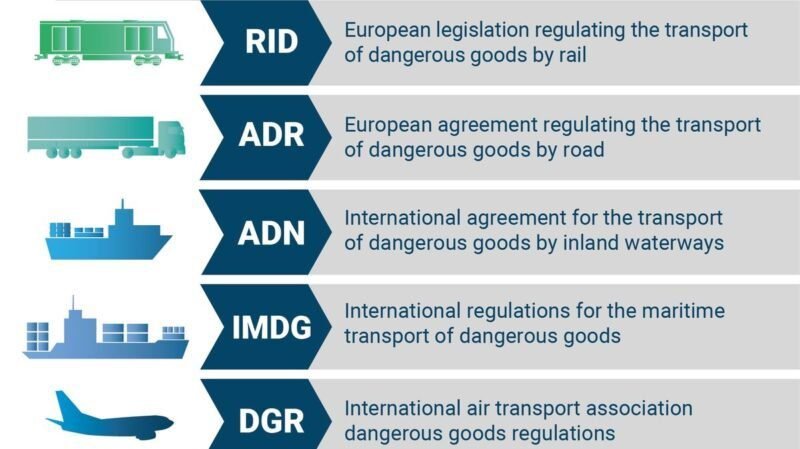The world is moving towards a future where clean, renewable energy sources dominate, with Lithium-Ion batteries playing a crucial role in this transition. However, these batteries come with significant risks, especially when transported on ships. The thermal runaway phenomenon poses a threat of self-ignition, creating an explosive and toxic atmosphere, particularly when stored in large quantities on ships. As a result, the maritime transport of Lithium-Ion batteries requires meticulous planning, stringent regulation, and specialized handling knowledge.
The International Maritime Dangerous Goods (IMDG) code governs the transport of these batteries, emphasizing the need for detailed transport guidelines, safe carriage procedures, and emergency protocols. The publication of the ‘Lithium-Ion Batteries in Containers Guidelines’ in 2023 by the International Group of P&I Clubs, TT Club, and ICHCA is a significant step towards safer maritime transport of these batteries. It sets a benchmark for the industry’s approach to transporting Lithium-Ion batteries safely and highlights the collective commitment to harnessing the benefits of green energy responsibly.
As the maritime industry adapts to the demands of transporting Lithium-Ion batteries, it is at the forefront of ensuring that the shift towards sustainability is both safe and secure. The collaborative efforts of shipping companies, regulatory bodies, and industry experts in mitigating the risks associated with these batteries demonstrate a commitment to a sustainable future.







